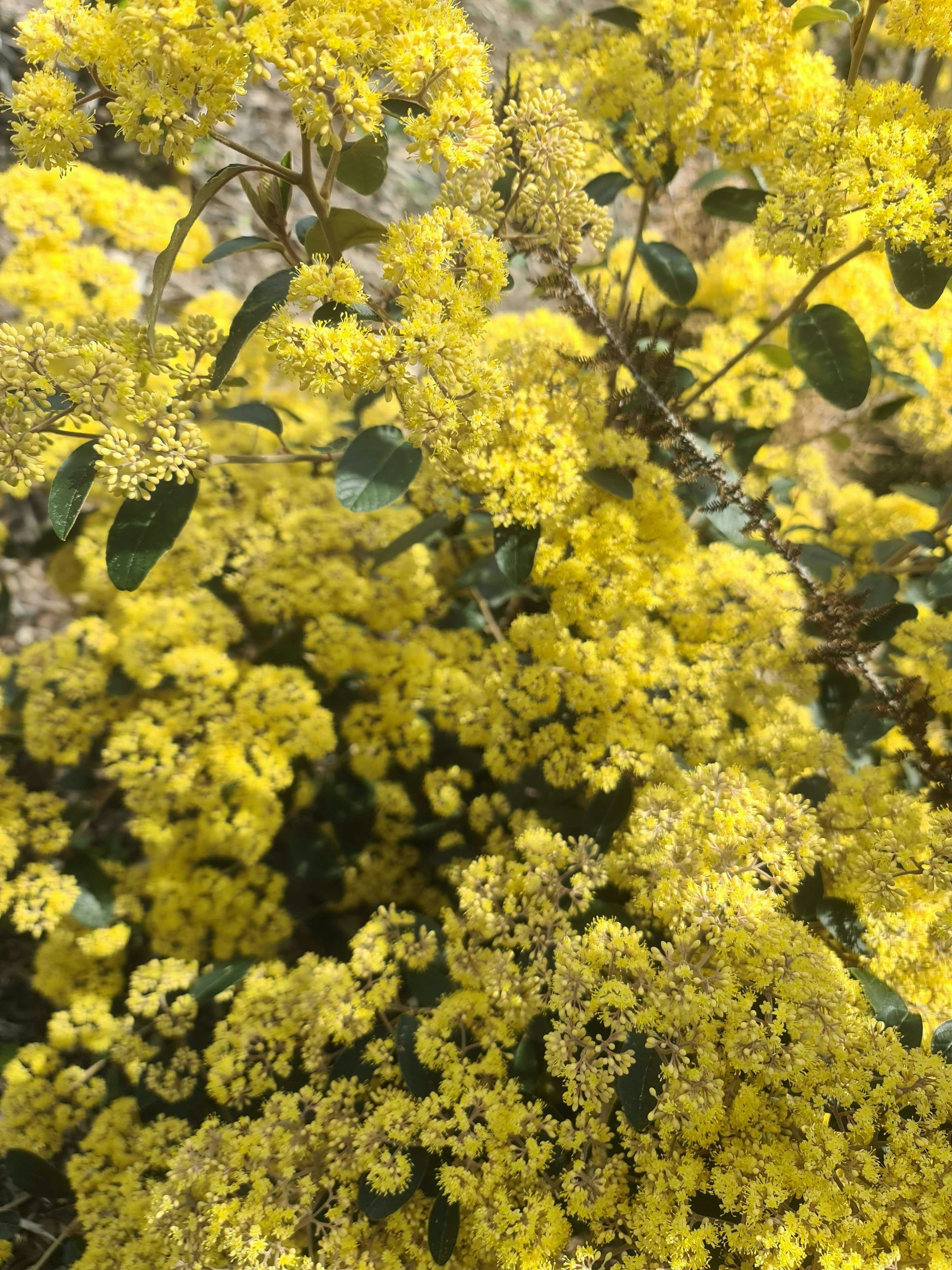Out of toilet paper, low on tea, want to avoid the lockdown queues? Here’s five local plants that you should be able to find on your state mandated five kilometre stroll.
Kūmarahou - Pomaderris kumeraho | Use: Soap
Don’t forget to wash your hands! It’s Spring, and kūmarahou’s exuberant clusters of yellow flowers are just beginning to bud. If you’ve run out of soap you can crush the flowers of kūmarahou and mix them with water to produce a soapy lather. Purportedly good enough for the sticky fingers of gumdiggers, this native is also an essential lockdown companion.

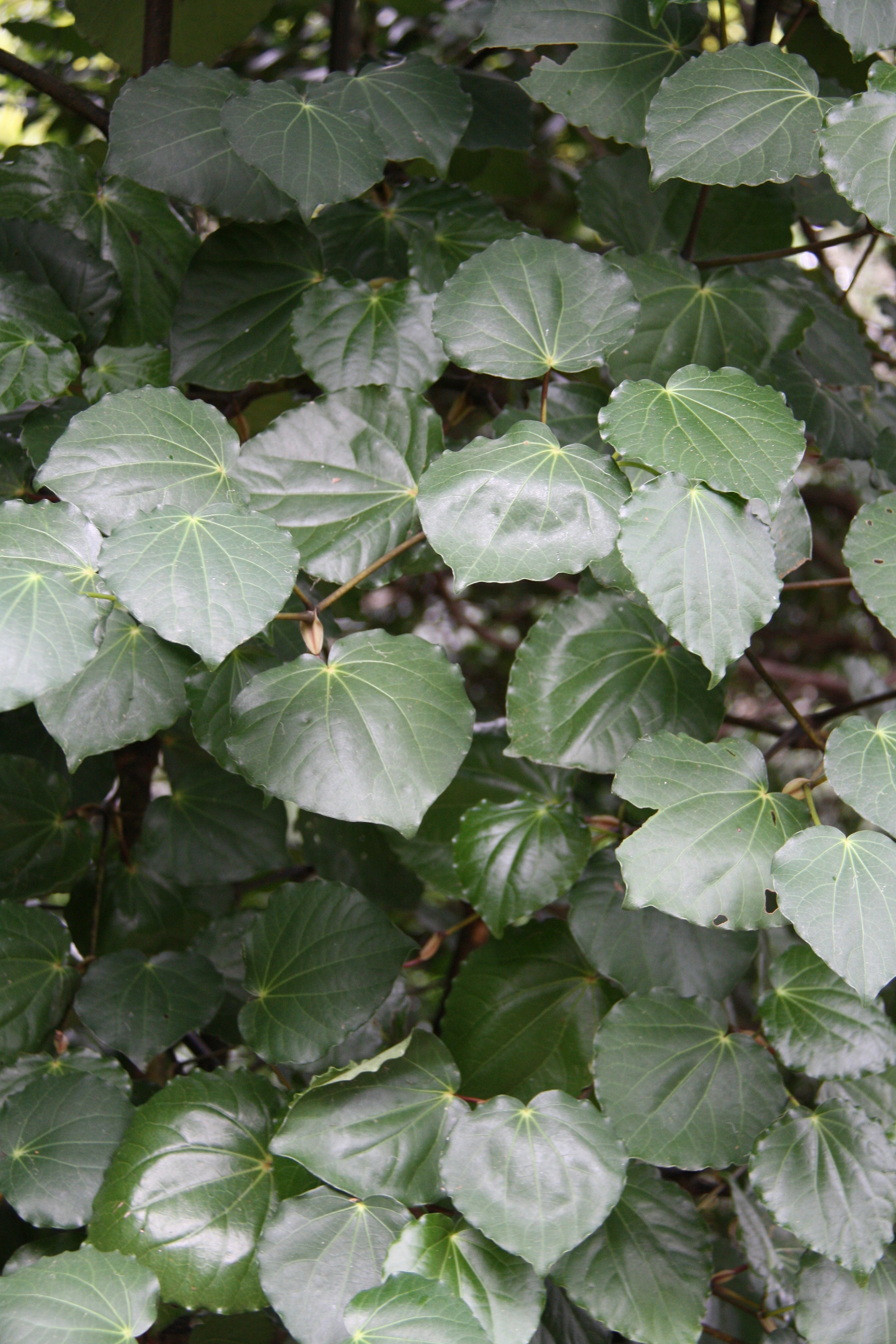
Kawakawa - Macropiper excelsum | Use: Tea & Topical Analgesic
Tea, also known as dirty leaf-water, is another lockdown essential. And Aotearoa’s native bush is a veritable cornucopia that rivals even the best stocked supermarket shelves - although you may want to skip puriri tea, which Robert Vennell describes as having a “taste and smell remarkably similar to rubber”. My personal favourite is kawakawa, a member of the pepper family. The leaves of this plant impart a light spice and create a refreshing brew. They can also be used as the base for a soup or any savoury dish that might benefit from the addition of a herby spice. Chewed by themselves the leaves have a mild numbing effect similar to Sichuan peppers, and can be infused with oils to make a topical analgesic with antibacterial properties - perfect for any bumps and bruises you get elbowing through the toiletries aisle!
Rangiora - Brachyglottis repanda | Use: Toilet Paper
There’s nothing quite like the awkward dread and sense of betrayal one experiences upon finding the toilet paper shelves stripped bare. Or that sinking feeling when you realise the last, forlorn looking packet of economy has a dubious cut down one side. Rangiora, also known as bushman’s friend, is a small shrub that grows only in New Zealand. It’s large marbled leaves make it a beautiful addition to any garden, but it’s their velvety-soft undersides that make them your friend. Better than 3-ply, just be sure to place your finger on the midrib.
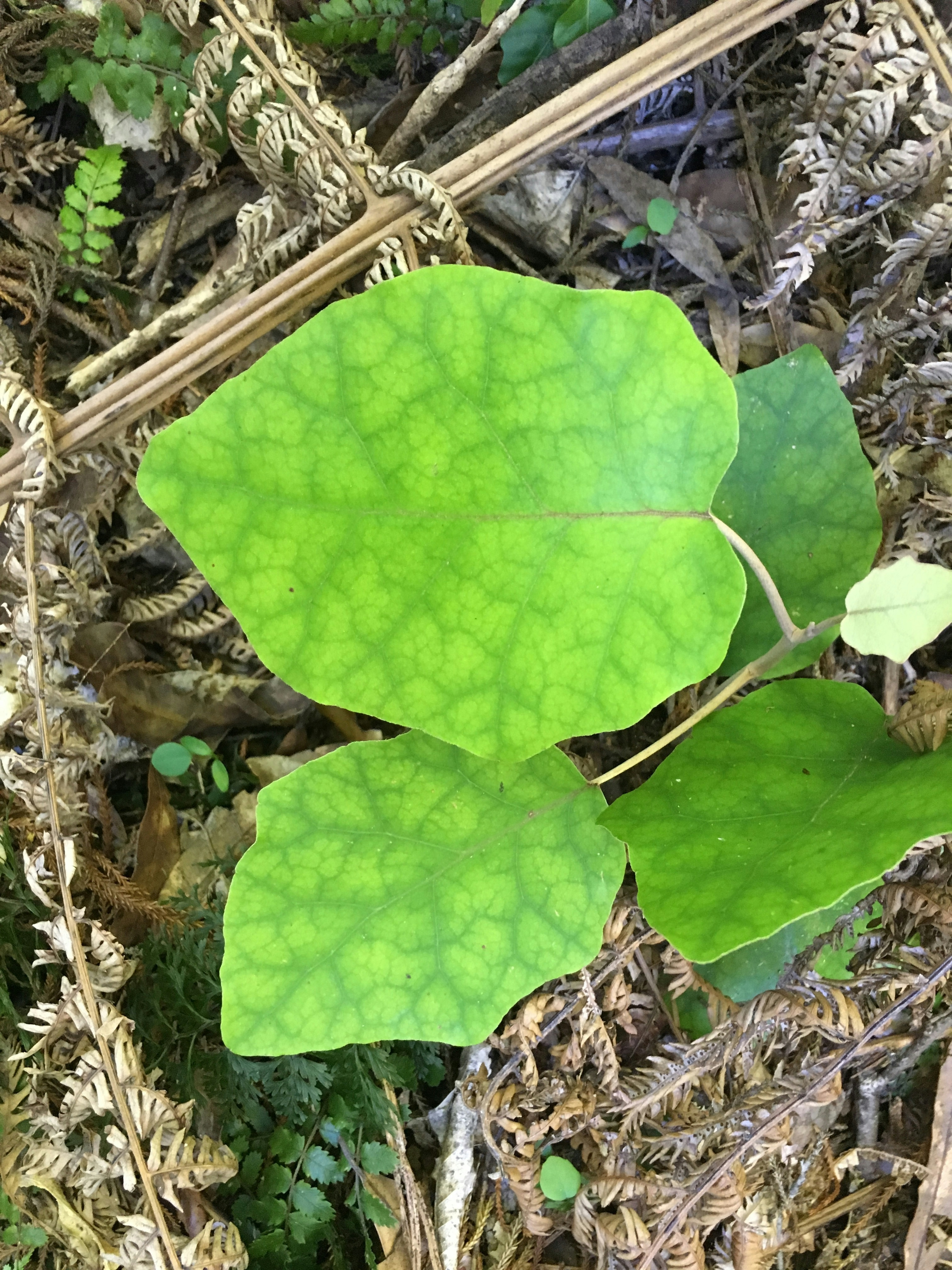
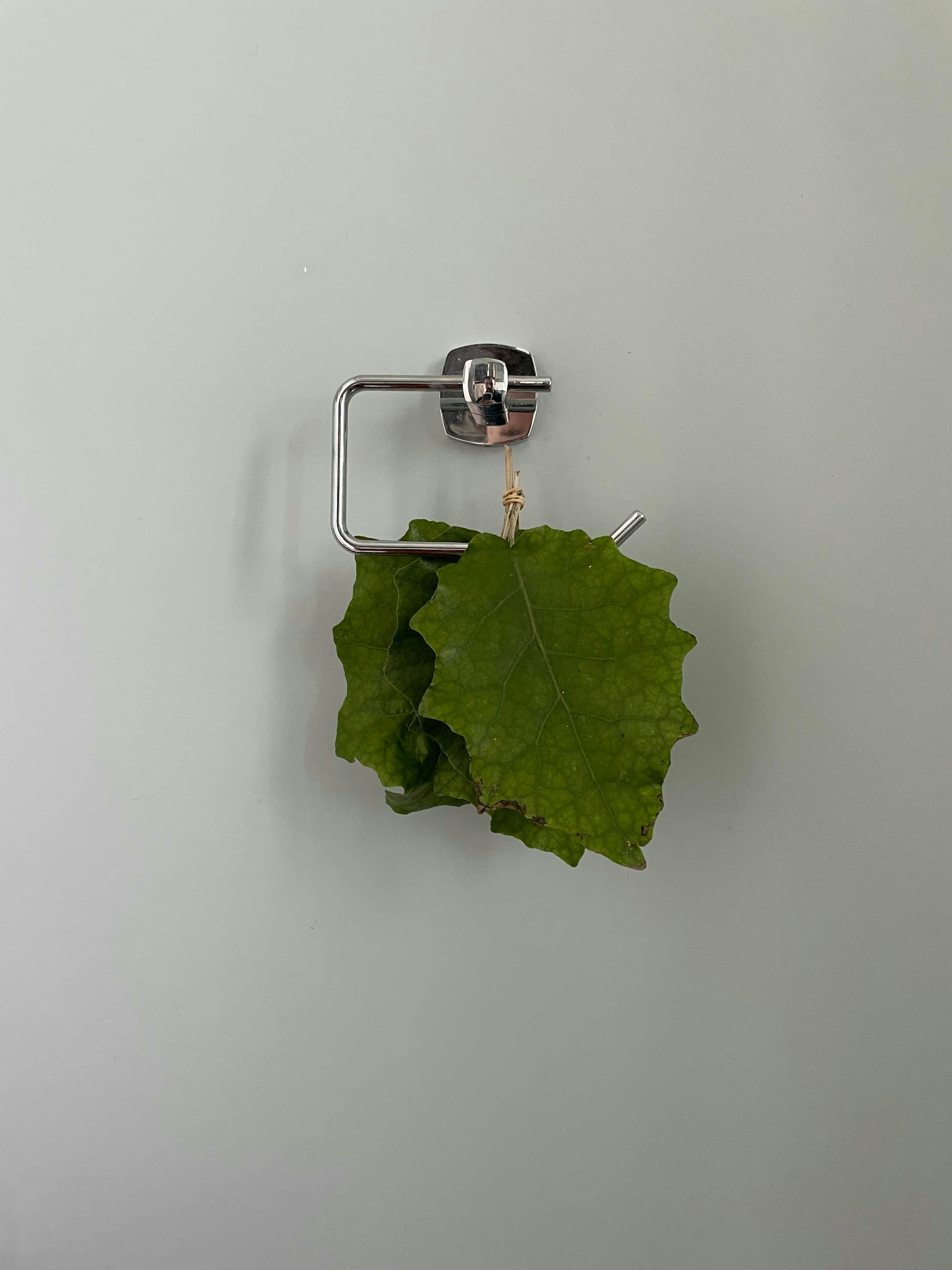
Puha - Sonchus kirkii | Eat your greens
New Zealand’s contributions to international cuisine isn’t limited to tinned-spaghetti on pizza. The iconic duo of puha and pork is a classic, with the puha’s mildly bitter, herby flavour cutting through the pork’s cloying fat. Puha can be used in almost any dish that requires a leafy herb such as watercress or spinach.
Sadly, you’re unlikely to find true puha in the wild, and if you do it’s probably best to leave it be. Its conservation status is “at risk - in decline”. It has largely been replaced by, or hybridised with, fast growing invasive Sonchus such as S. asper and S. oleraceus (or prickly sow-thistle). The native is easy to tell apart by its large, glaucus, non-spinose leaves, distinct from other species of Sonchus which generally have smaller, spiny leaves. Luckily, all are edible and you’re probably doing the native species a favour if you learn how to tell the two apart and start picking the invasive.
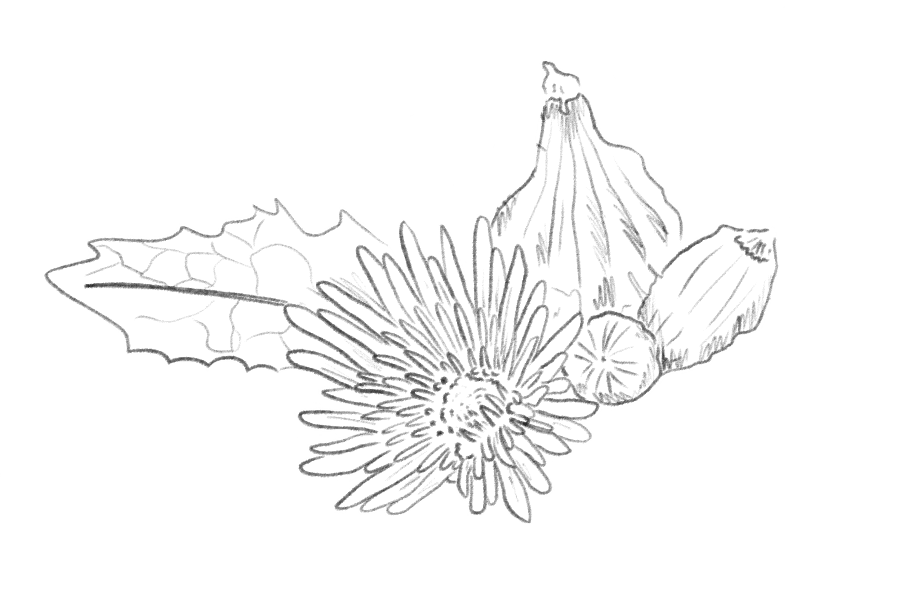
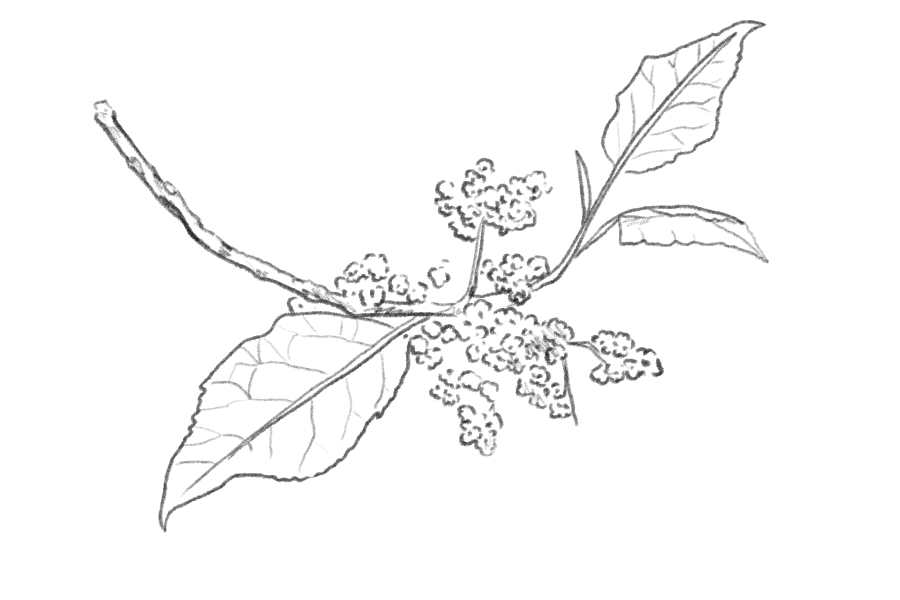
Makomako - Aristotelia serrata | Use: Booze & Gunpowder
With its pendulous flowers in shades of cream, pink and purple, you could be forgiven for thinking this tree’s best use is as a specimen in your garden. And while I must admit it is a beautiful tree, in the context of lockdown we must put the plant to more pragmatic use. Māori commonly used the boiled leaves to treat burns and infected wounds, and as a seasonal source of food. Even the bark, once removed and bruised, was put to use, in this case as a blue-black dye for clothing. Early European settlers also used the berries, making preserves, jams and wine, hence the plant’s English name (wineberry). In a truly enlightened moment, one settler even figured out how to turn the plant into gunpowder, and while we don’t encourage this use, at least you know there’s options if things really go pear shaped.
Thank you to Robert who's website helped contribute to this article. https://meaningoftrees.com/2019/10/03/native-bush-tea/
Join Our Newsletter
XANTHE WHITE DESIGN
Auckland Studio
Phone: 09 815 1187
Email: info@xwd.co.nz
XANTHE WHITE DESIGN
Wellington Studio
Email: wellington@xwd.co.nz
